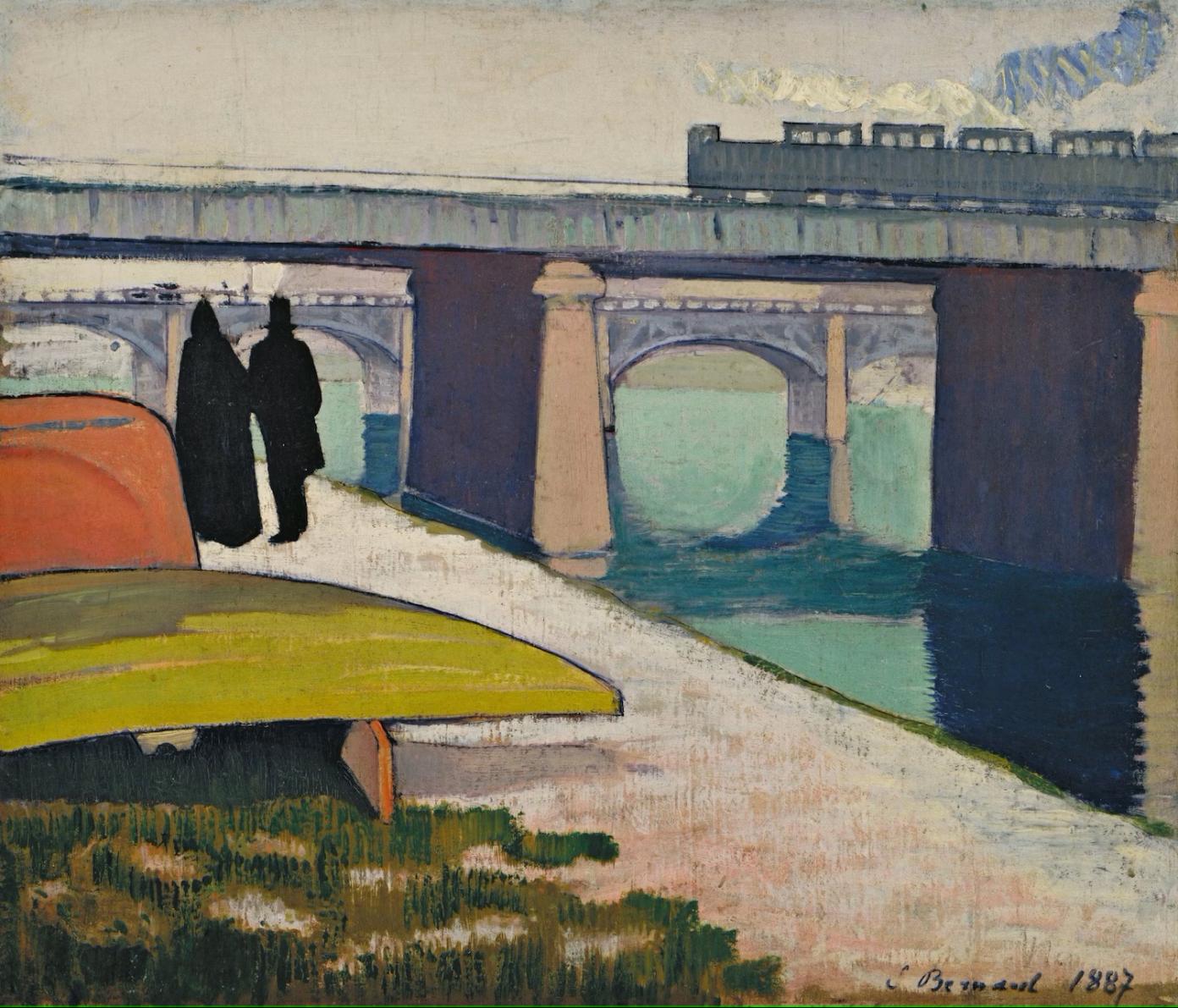- Museums
- Visual Arts
- CHI
Exhibition

Émile Bernard - Iron Bridges at Asnières (1887) - Museum of Modern Art - Grace Rainey Rogers Fund
The Art Institute of Chicago
111 South Michigan Avenue
Chicago, US 60603
May 14 - Sept 4, 2023
On view at the Art Institute of Chicago this summer, Van Gogh and the Avant-Garde: The Modern Landscape brings together more than 75 paintings and drawings from this formative period by Van Gogh as well as Georges Seurat, Paul Signac, Emile Bernard, and Charles Angrand, shedding new light on their boundary-pushing techniques and illuminating the power of place to shape artistic identities.
Long a popular spot for leisure activities, the area along the Seine River underwent a period of rapid development toward the end of the 19th century, as coal, gas, and manufacturing facilities appeared along the skyline. The tensions between recreation and industry visible in the landscapes of Asnières and other nearby locales attracted Van Gogh and his contemporaries, igniting their creativity and prompting them to develop new ways of recording what they saw.
Each artist explored the use of discrete brushstrokes and strong colors in innovative ways, in turn developing novel styles of painting. As Jacquelyn N. Coutré, Eleanor Wood Prince Associate Curator, Painting and Sculpture of Europe, remarks, “The pioneering work by Seurat, Signac, Bernard, and Angrand in the northwestern suburbs of Paris prompted many artists, including Van Gogh, to rethink the possibilities of painting. It was here, in this location and in conjunction with these artists, that he learned to energize his brushstroke and to ‘see color’, both important contributions to his rapid development as an artist.”